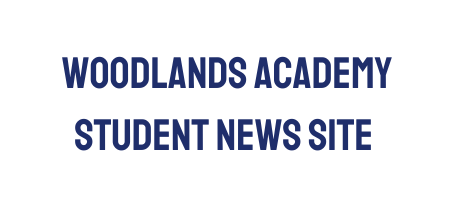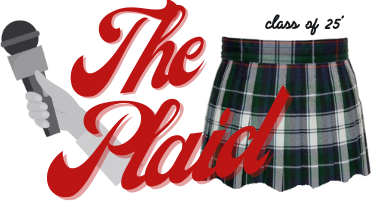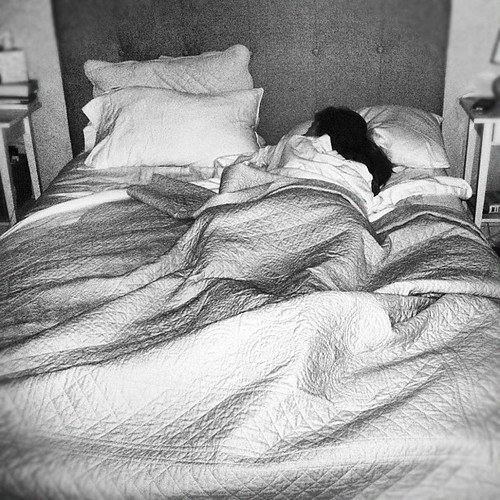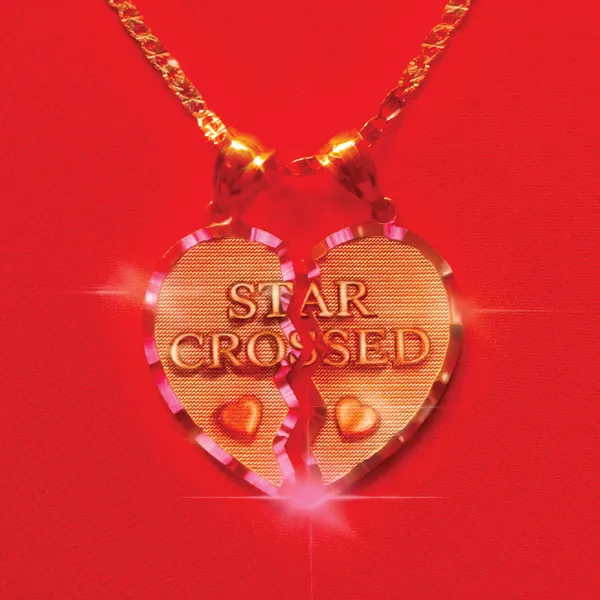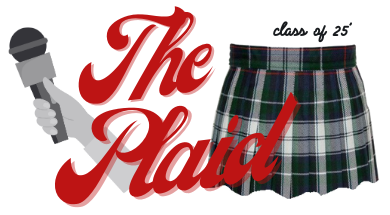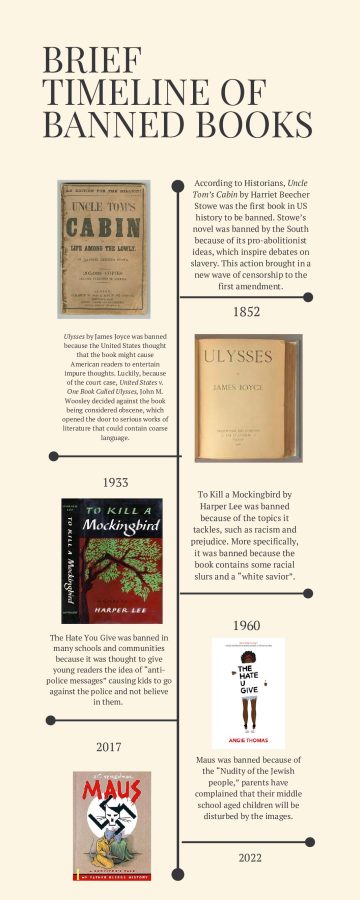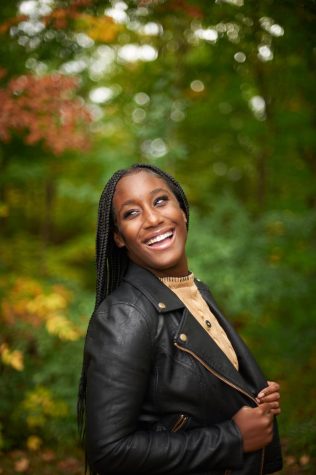Book Censorship in America
March 2, 2022
According to the ALA (American Literature Association), in just 2020, over 250 books were challenged or banished. The idea of censorship within the literature in America has gone back ages ago. It was first present during the Civil War. Many historians trace back that first book to be Harriet Beecher Stowe’s Uncle Tom’s Cabin. The novel brought ideas of slavery and the treatment of humans as property. During the years before the civil war, this piece of writing is one of the formative pieces for the abolitionist movement. Now, this book is being taught based on its historical significance. However, in 1852, Stowe’s novel was banned by the South because of its pro-abolitionist ideas, which inspired debates on slavery. This action brought in a new wave of censorship to the first amendment.
This censorship became mainstream when Congress passed the Comstock Act in 1873. According to the act, it has become illegal to mail or sell any obscene literature. The law stated that “any obscene book, pamphlet, paper, writing, advertisement, circular, print, picture, drawing or other representation, figure or image on or of paper or other material, or anycast, instrument, or another article of an immoral nature, or any drug or medicine, or any article whatever, for the prevention of conception, or for causing unlawful abortion, or shall advertise the same for sale, or shall write or print, or cause to be written or printed, any card, circular, book, pamphlet, advertisement, or notice of any kind, stating when, where, how, or of whom, or by what means, any of the articles in this section hereinbefore mentioned, can be purchased or obtained or shall manufacture, draw or print, or in any wise make any of such articles, shall be deemed guilty of a misdemeanor.”
From this little excerpt, the law makes it a misdemeanor to sell, give away, or possess any literature that may contain inappropriate pictures, drawings, or advertisements. This law provided the government with a loose definition of what literature could be considered “obscene.” Books that pertain to contraception and abortion, even ones written by doctors, were banned. Other books written by Oscar Wilde and Ezra Heywood, a feminist from the 1870s, were deemed too indecent that they might corrupt children and instigate crime.
The Comstock Act continued to be practiced until challenged by the court case United States v. One Book Called Ulysses. A literary work written by James Joyce, Ulysses took the United States by storm. One of the first books that defined the modernist period with a lack of plot, structure, and conservatism. The United States thought the book might cause American readers to entertain impure thoughts. Despite the Comstock Act, Judge John M. Woosley decided against the book being considered obscene. It opened the door to severe works of literature that could contain coarse language or involved sexual matter. Because of the controversial ruling during this period, Judge Woosley’s opinion has become more and more famous due to its positive affirmation towards the freedom of expression in literature.
This court case is not the only case that brought in the idea of more free expression through literature: Roth v. The United States. Freedom of expression continued until the Reagan administration. Reagan’s administration fostered a country that became more conservative due to the United States’ new wave of conservatism after World War II. According to MIT professor Gary T. Marx, “The Reagan administration’s efforts to stifle dissent, to censor, and to shape public opinion by withholding information reveals an executive branch which had little faith in its citizens and which failed to understand the importance of free and open communication for democracy, business, science, and art.” Because of the Reagan administration’s mistrusting habits, they tried to control the public’s opinions by creating that previous censorship from the 19th century. The seemingly archaic practice of censorship continues to persist in this current environment.
Though book banning has happened in the past, the banning of books has become more prevalent in recent years. For example, young adult books such as To Kill A Mockingbird, The Hate You Give, and Maus have been banned for the profanity depicted to young readers.
To Kill A Mockingbird has been a classic book kids have read since it first came out in 1960. The book tackles racism and prejudice, depicting its consequences on society. Its main message is to tell people that everyone can live in harmony and coexist if they understand another person. Unfortunately, the book does contain some racial slurs and a “white savior,” which is why it was banned as it may have had a negative effect on students.
The Hate You Give is a book released in 2017 showing the emotions of a bystander in the shooting of a friend by police. Similar to To Kill A Mockingbird, the book dives deep into the concepts of police brutality, activism, and racism to try and bring awareness to the concept. Sadly, the book was banned in many schools and communities because it gave young readers the idea of “anti-police messages,” causing kids to go against the police and not believe in them.
Unlike To Kill a Mockingbird and The Hate You Give, Maus is a graphic novel that depicts stories about the Holocaust. The graphic novel summarizes different stories about the Nazi takeover and the persecutions of the Jewish people. Due to some of the graphics in the book depicting “Nudity of the Jewish people,” parents have complained that their middle school-aged children will be disturbed by the images. This case and its ruling are determined in several states but have only recently been banned in Tennessee. In the coming days, we could see other school districts and states doing the same to ” censor” books children read.
The challenging and banning of different books raise many questions, and concerns individuals have. Is banning books a way of “censoring the past,” and making sure kids only learn about the good parts of history? Are parents allowed to have a say in school curriculums? The answer is yes and no. Books play a pivotal role in learning, reading, and comprehension. Most students learn history, folk tales, and true stories from books. Banning books creates a wall around a harsh reality that kids one day will have to face, but the challenge of books is also a way of helping prevent events or ideas in one’s head. Many of the recently banned books concern racism, police brutality, and violence. These topics can be hard to grasp for some young readers and a harsh awakening for some. To prevent younger readers from learning about these topics when they are too young to comprehend them is protecting kids from growing up too fast. Curriculums, on the other hand, are different. Though they may be used for many years and changed every so often, curriculums are things that parents can alter. Legally parents have the right to request student curriculum and educational records to be amended, but more often than not, schools and school districts will compromise with the curriculums.
Books are pages full of stories and knowledge ready to be devoured by hungry, intelligent children. They are made to help kids learn about the past and the present. Our job as readers, parents, teachers, and bystanders is to ensure that kids get the experience they need at the right age and when they are ready.
Luckily, many organizations have continued to strive for that goal: a world where children can experience free expression through literature. ABFE (American Booksellers for Free Expression) is an organization that fights against banning books. They partner with other organizations to host Banned Books Week, a week-long celebration in libraries and bookstores all across America. Every year there’s a different topic that they focus on, last year, it was “diversity.” This is one significant factor that causes a lot of books to be banned. In an interview, Chris Finan, Director of ABFE, said, “And themes of race, ethnicity, and sexual preference have been a large part of why those books got challenged.” So why are we sheltering children from the truth? ABFE and other organizations are fighting for these books to be in our children’s hands!
Another organization fighting against book banning is The Comic Book Legal Defense Fund. During Banned Books Week, they publish a book that lists comic books that have been banned, censored, and outcasted to fight back.
Another way organizations, bookstores, libraries, etc., have been fighting against this decision is by protesting. ABFE protested against Chesterfield County Public Schools in Virginia, removing Rainbow Rowell’s Eleanor & Park and other titles from students’ voluntary summer reading lists. It is entirely out of line because the books are not part of the school curriculum; it’s just summer reading books. We can fight back by keeping our children informed and keep reading these books on our own time and sharing them with others because we can’t hide the truth from our children forever!
For a more clear image of our timeline, please press this link to have a clear image to read!
